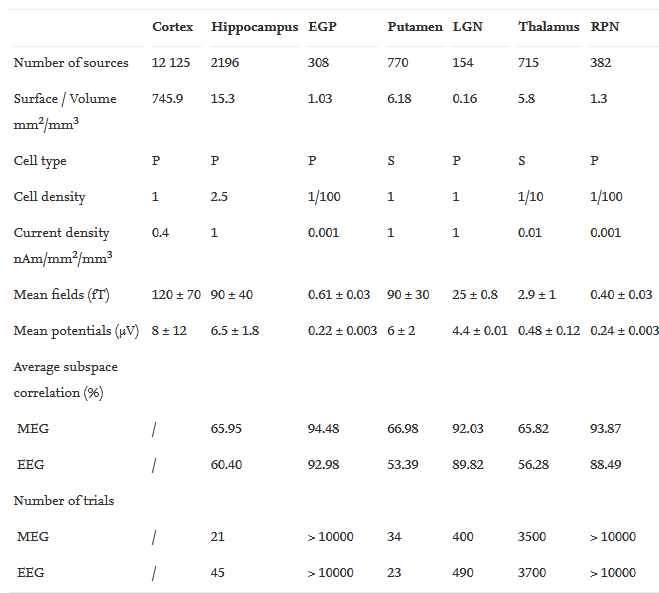Dear BST Community,
All my work thus far has involved EEG, but I am now working a project proposal which will have a MEG focus (a first for me, so please forgive me for some naive questions). Gaining some insight into this thread (AAL3 scouts with MEG - #5 by ecoffey), I had some questions I would greatly appreciate some feedback on.
My questions pertain to task MEG, and the right study design and analysis methods for my question of interest. Briefly, participants will complete a memory-related inhibitory control task. Accordingly, I have a very specific group of regions (ACC, right DLPFC, and hippocampus) I am interested in.
My exact questions are:
-
Is there a rule of thumb regarding the minimum number of trials that should be included to detect hippocampal activity? I know this will vary highly on the task at hand, but was still curious. Furthermore, can individual trials be examined, or would one be dependent on the averaged response.
-
Assuming the correct number of trials are used, can MEG be used to differentiate activity between the left and right hippocampus? fMRI suggests my effects of interest may be left lateralized.
-
Finally, regarding connectivity between the ACC, right DLPFC, and hippcampus, I am hypothesizing the following timecourse of directed connectivity: 1) ACC --> right DLPFC, and 2) right DLPFC --> hippocampus. I am wary however of connectivity measurements with subcortical regions. Would something like this be "ok" say using something like Granger Causality?
-
If I remember correctly from a thread here, source localization should not be done with a single subcortical region (something to do with the solution attributing everything to the one source). Would including the left and right hippocampus be okay, or should further "control" regions be included?
I've been reading the following paper as well (https://onlinelibrary.wiley.com/doi/full/10.1002/hbm.24445) but was still hoping for some guidance from the BST community too!
Thank you so much for your help in advance!
Paul
